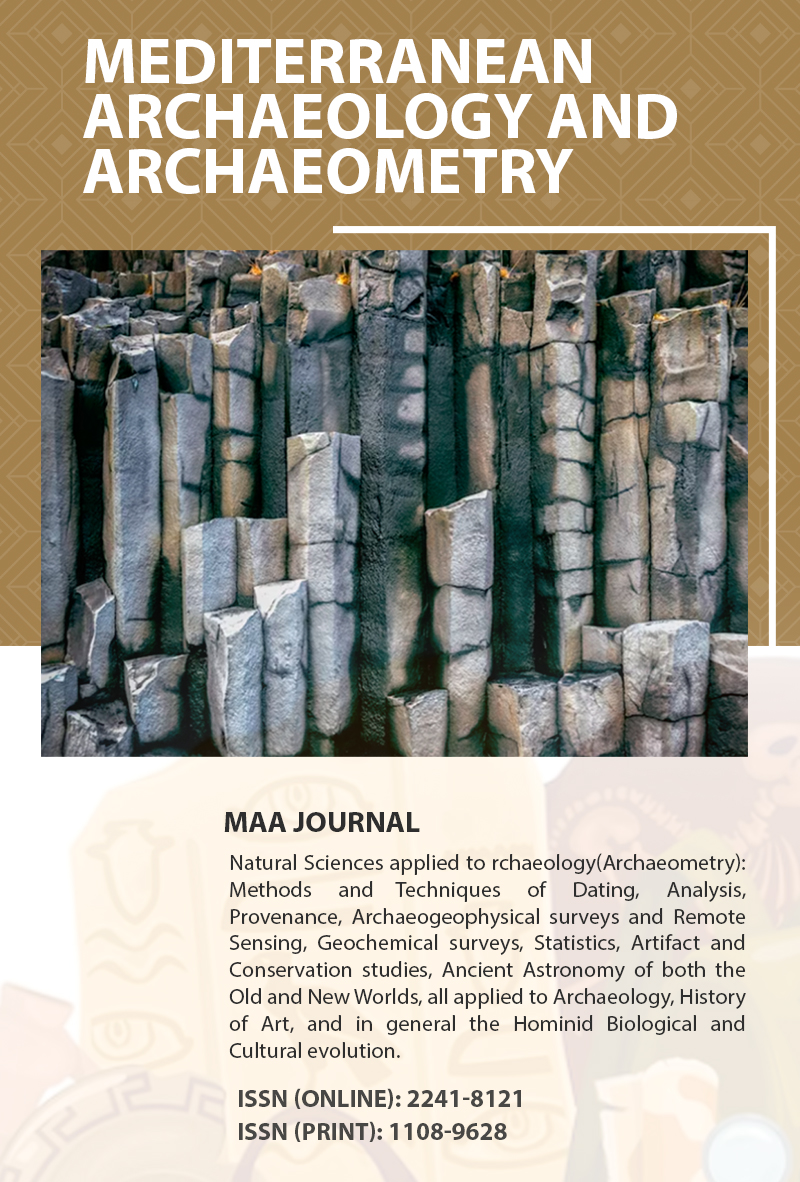STUDY OF GEORGIAN FRESCOED PAINTED CHAPEL FROM THE VACHEDZORI MONASTERY 10th-13thAD (OLUR, ERZURUM, TURKEY)
Keywords:
Pigments, Byzantine, Georgian Art History, Tao-Klarjeti, Baptism, King David IV, Raman, FTIR, Lazurite, Iconography, Architecture, ArchaeometryAbstract
St. Grigol Khandzteli (759-861) and her followers’ monastery construction operations in the Tao-Klarjeti region, as well as the art works of these monasteries, indicate that the foundations of the Medieval Georgian Art Academy were built in the region. The Painted Chapel, the subject of our study, is a part of this tradition. It has a single nave. It is dated to 12th-13th centuries AD.
Contrary to what was claimed, our research in 2022 discovered that the chapel architecture differed from traditional Byzantine architecture and was built in the Georgian architectural style. It has been established that the medieval Georgian painting art, which grew under the influence of Byzantine art, attained a local quality. There are scenes showing Jesus’ First Bath, Baptism, the Virgin Mary, and Warrior Saints. An inscription written in the old Georgian alphabet Asomtavruli was discovered. The inscription offers information about the chapel’s history and the clergy. Analysis measurements were taken using μ-XRF, μ-Raman, and μ-FT-IR analytical instruments on samples taken from the chapel’s plaster layer and the paints on this layer. The chapel’s walls are painted in the secco fresco technique and are composed of a matrix of white plaster lime, sandstone (feldspar, quartz), limestone, and embedded aggregates. Red and yellow ocher pigments for red, burgundy, orange, and yellow colours; Carbon black and lazurite pigments for black and gray colours; Lazurite, barite and ultramarine blue pigments for light blue; Calcite lime white and calcium carbonate pigments are defined for the white colour. Plaster and pigments (except blue paint) were most likely made and supplied locally or regionally. This provides information regarding the technical knowledge of the Vank Valley residents.










